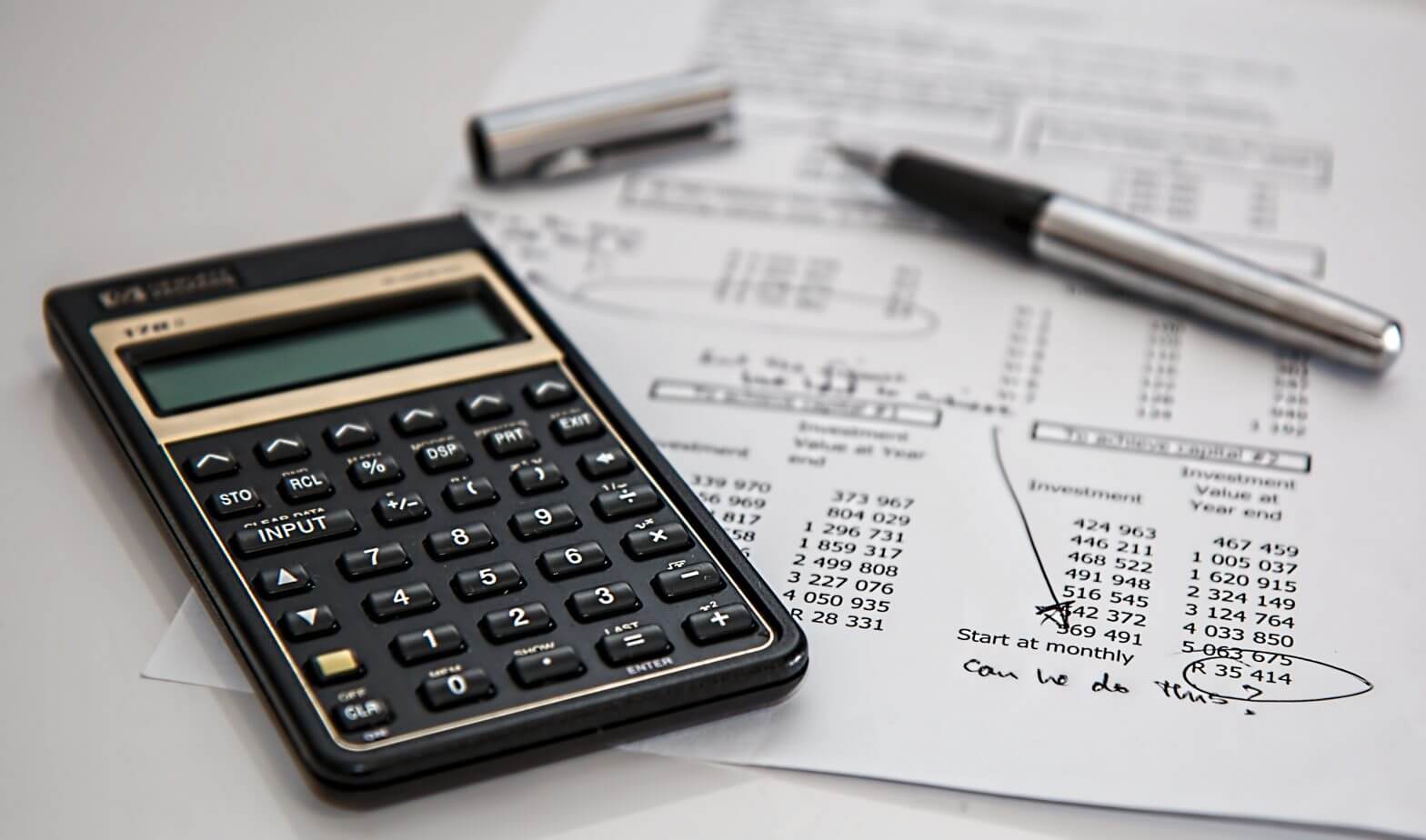Shopping around for loans is already hard enough. Then, you add in interest rates and APRs, and it’s like a whole new world. A difficult one. But it doesn’t have to be. So, what are interest rates? What is an APR? And is an APR the same thing as an interest rate?
What Are Interest Rates?
Interest is the amount of money that you are charged for borrowing the loan. It is expressed as a percentage of the principal of your loan.
For federal loans, your interest rate will be fixed, meaning that it will never change over the life of the loan. The rates are usually determined by the federal government. Because of that, they are non-negotiable. They may change from year to year but that only affects any new loans and not any that are already taken out.
For private student loans, loan terms are more negotiable. Your interest rate will depend on your creditworthiness and your financial history. The better that is, the lower your rate will probably be. The worse, the higher. Interest rates can also either be fixed or variable.
What Is An APR?
An APR or annual percentage rate also calculates the interest on your loan. The difference is it also includes any fees or charges that you may incur. Thus, the APR better represents your borrowing cost. Or, the total amount of money it’ll cost you to take out the loan.
When it comes to private lenders, APRs are like interest rates. Your financial history can also impact how high or low your APR is going to be. Keep that in mind when looking around.
Nonetheless, lenders may define their APR and any related fees in different ways. For example, some lenders will add the fees into the principal and finance it like that. Others will simply calculate it as a percentage of the principal, in which case it gets added to the APR. It just depends.
It’s also important to note that every lender has different fees. For example, most lenders charge a loan origination fee. This is a fee that is charged for processing your loan application.
But, other lenders may not charge any fees at all.
Is APR the Same As Interest Rates?
No. The interest rate is calculated based on only the interest that you are going to have to pay. But, the APR is calculated based on the interest plus any other fees and charges there might be. So, looking at the APR may give you a better idea of the borrowing cost.
It’s like the difference between the tuition and the cost of attendance when looking at colleges. The tuition gives you a basic idea of how much money it’s going to be. But, the cost of attendance gives a more comprehensive view of how much you’ll really be spending. In that same way, the APR of a loan lets you know what your real borrowing cost is. This can help you make a better financial decision.
Why Is My APR Higher Than My Interest Rate?
Since it includes other costs and charges you’ll have as a result of accepting that loan, your APR will be higher. It doesn’t mean that the interest on the loan is higher, but it does mean the borrowing cost will be higher. In other words, you’ll probably spend more money than you thought you would.
However, this doesn’t mean that if the interest rate and the APR are the same, then the loan doesn’t have extra costs. As mentioned earlier, lenders handle their APRs in different ways. This means some charges may not get added into the APR but will still be a part of your loan in other ways. Then, even though the APR and interest rate are the same, you’ll most likely still have other fees and charges. Talk to your lender about any questions you may have about how they handle this.
Final Thoughts from the Nest
Interest rates and APR can seem like they’re the same thing, but in reality, they’re not. Knowing the difference will help you make a better-informed decision.
For a more simplified process when shopping for private student loans, use Sparrow. Sparrow allows you to compare real student loan offers through a single application. So, put your new knowledge on APR and interest rates to use by signing up here.

Leave a Reply